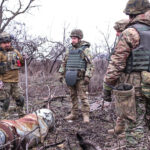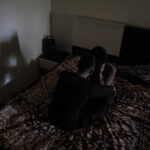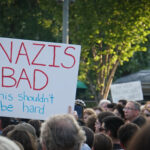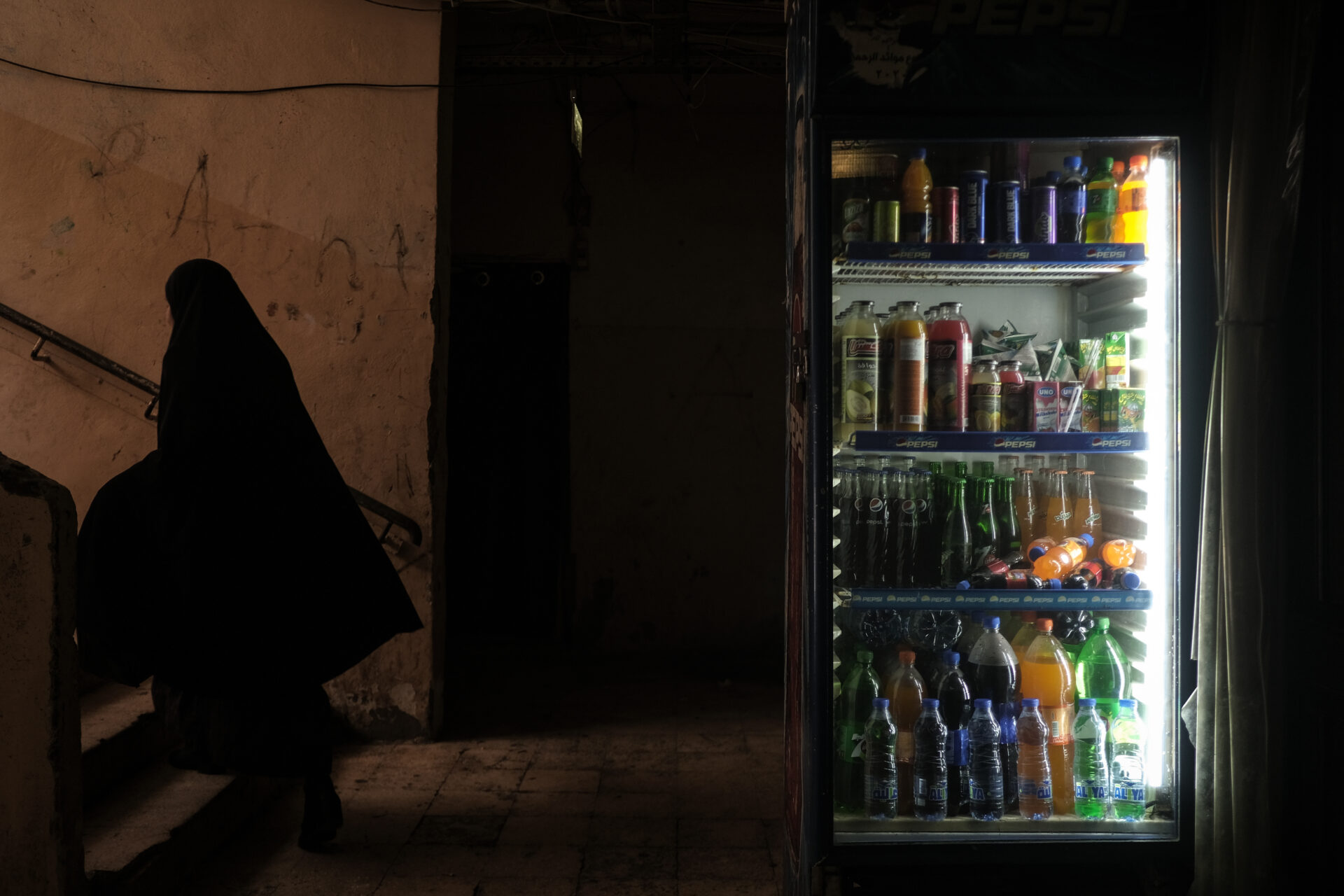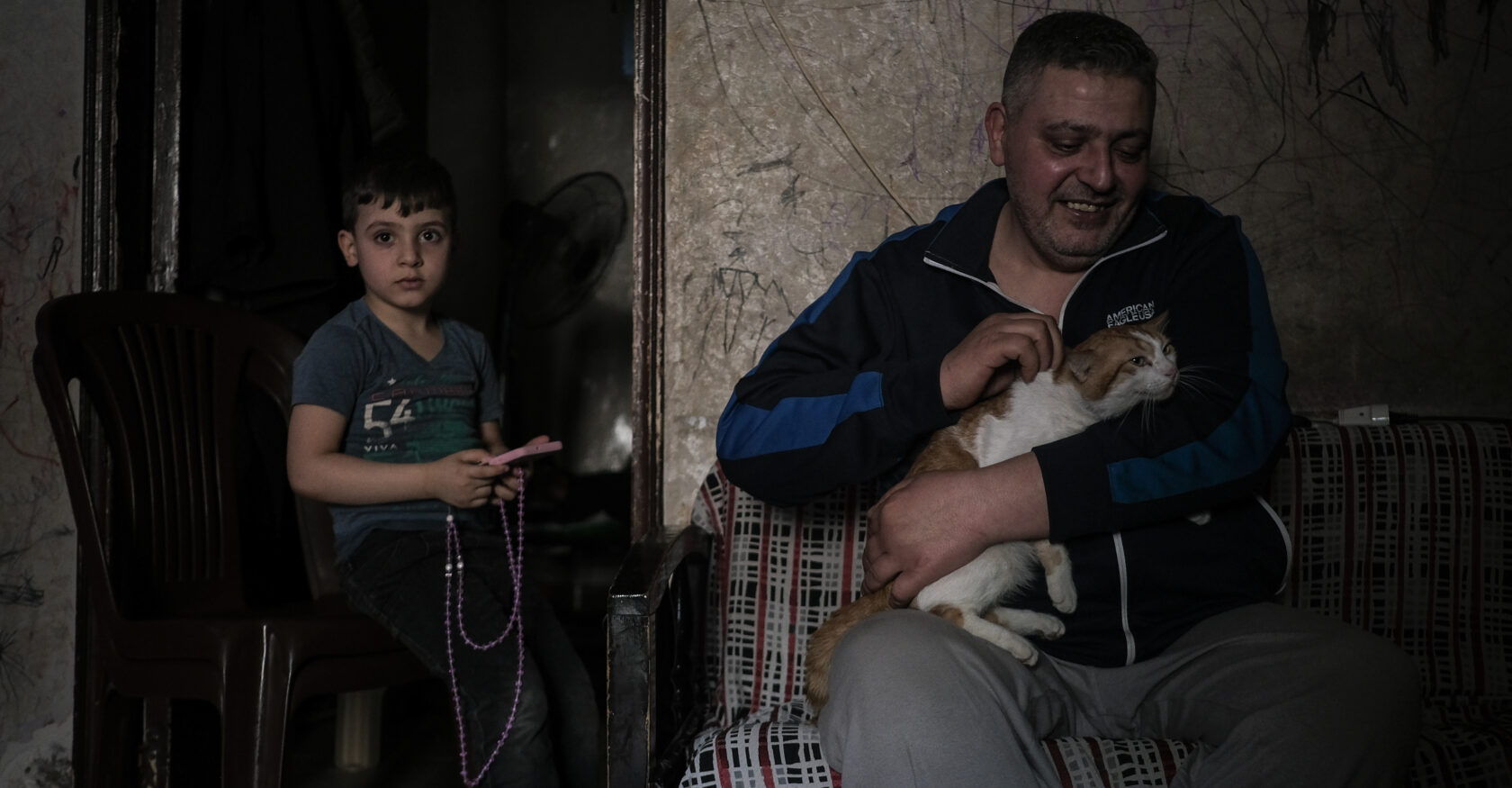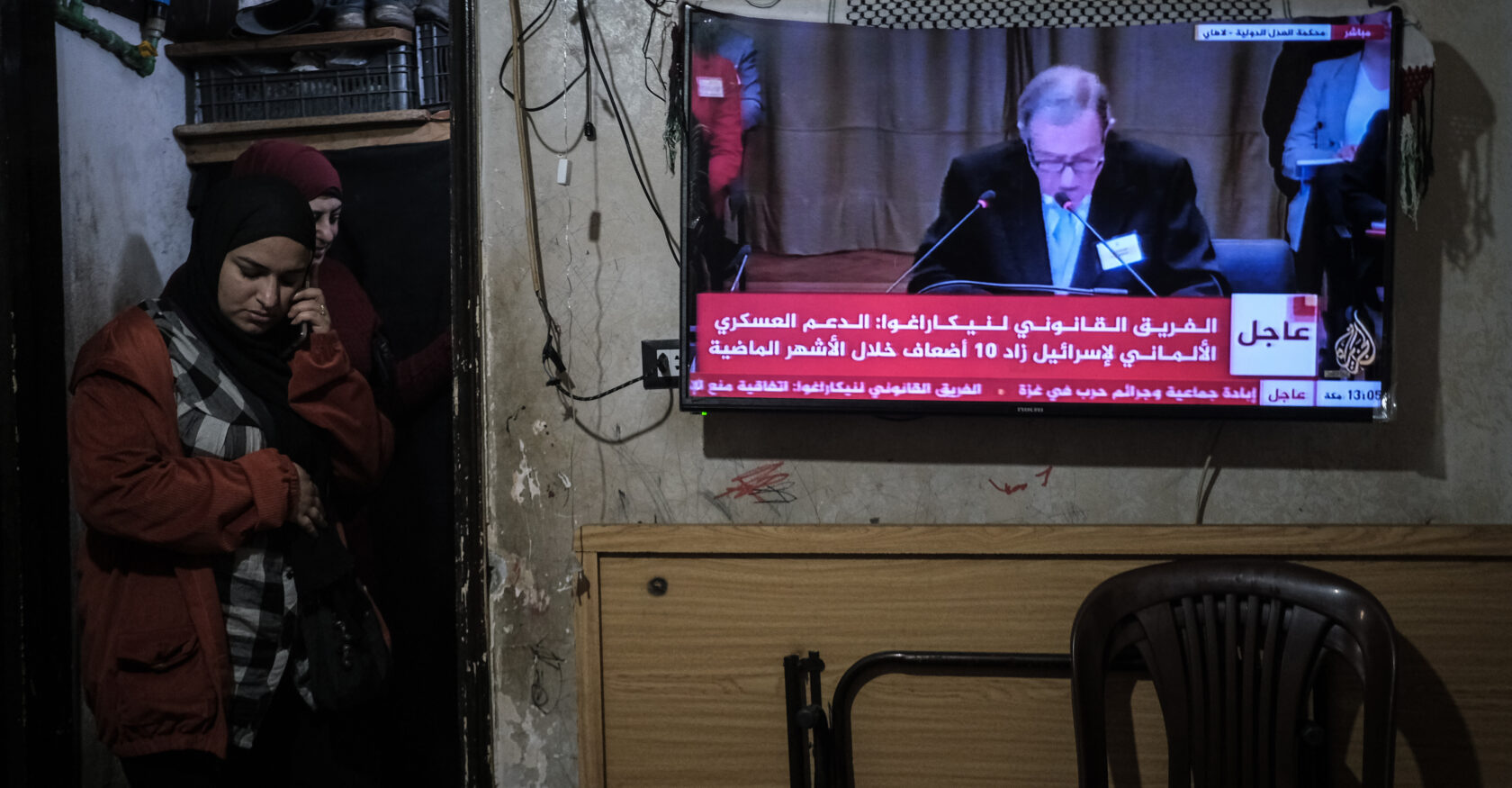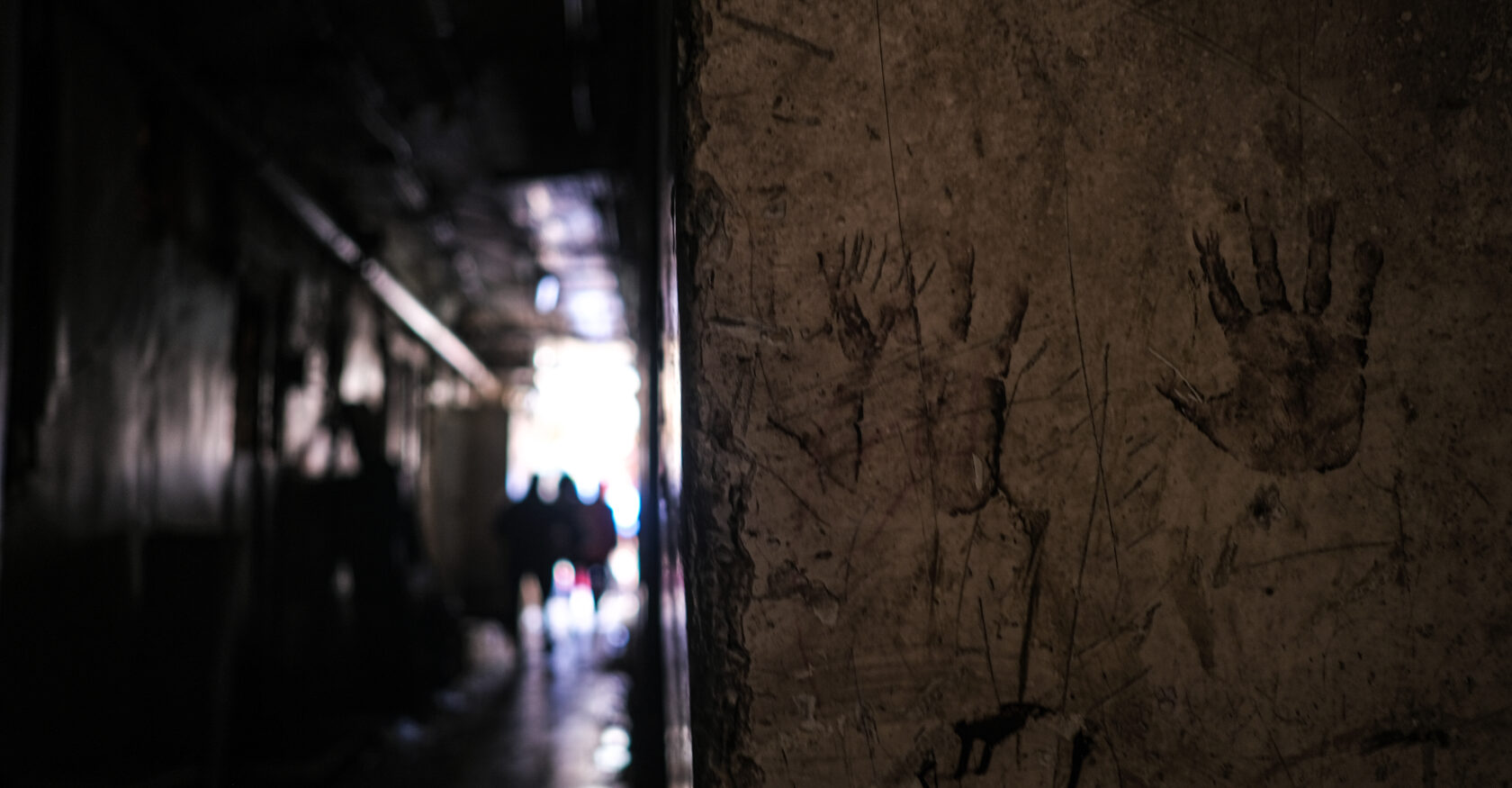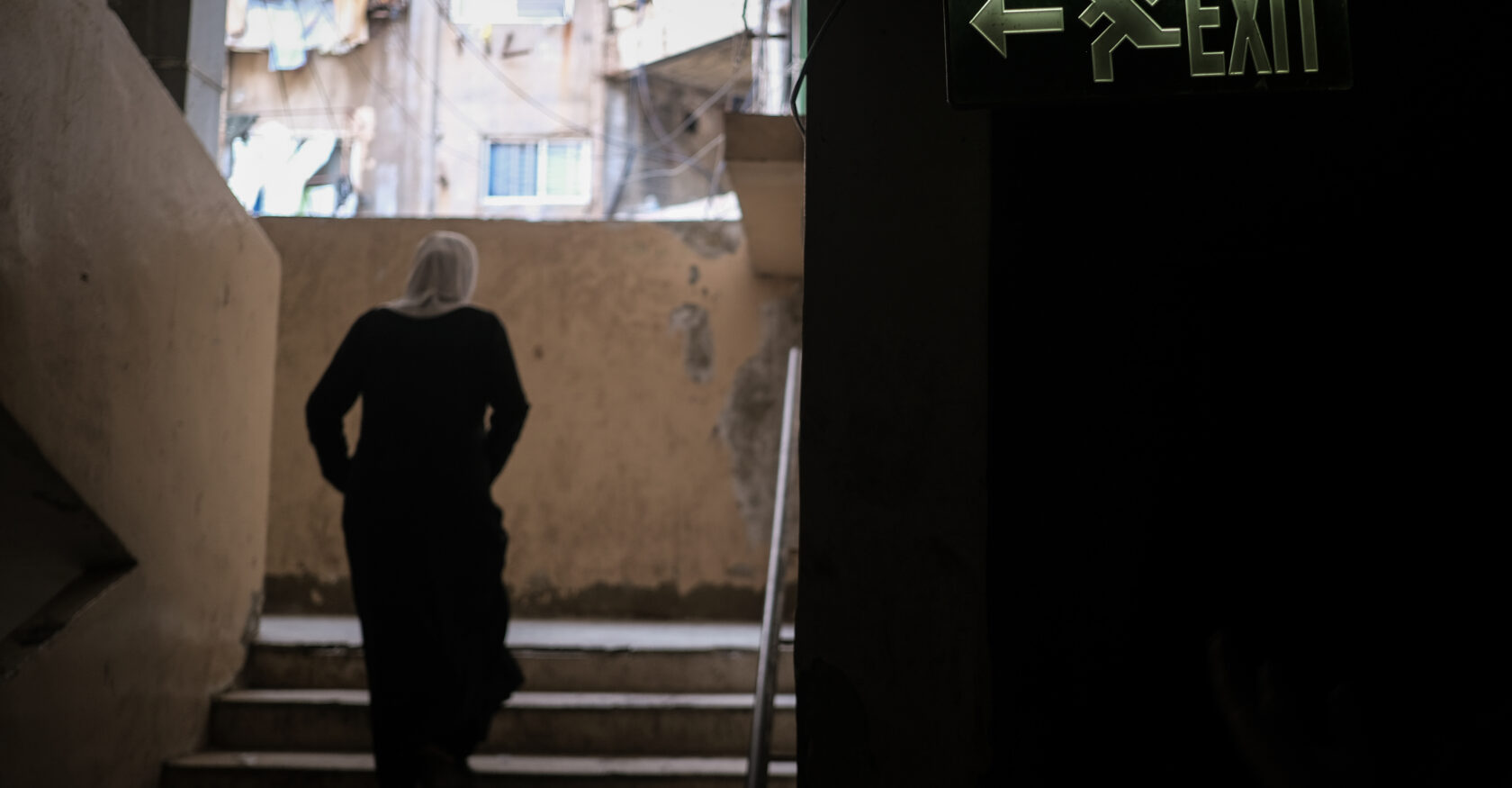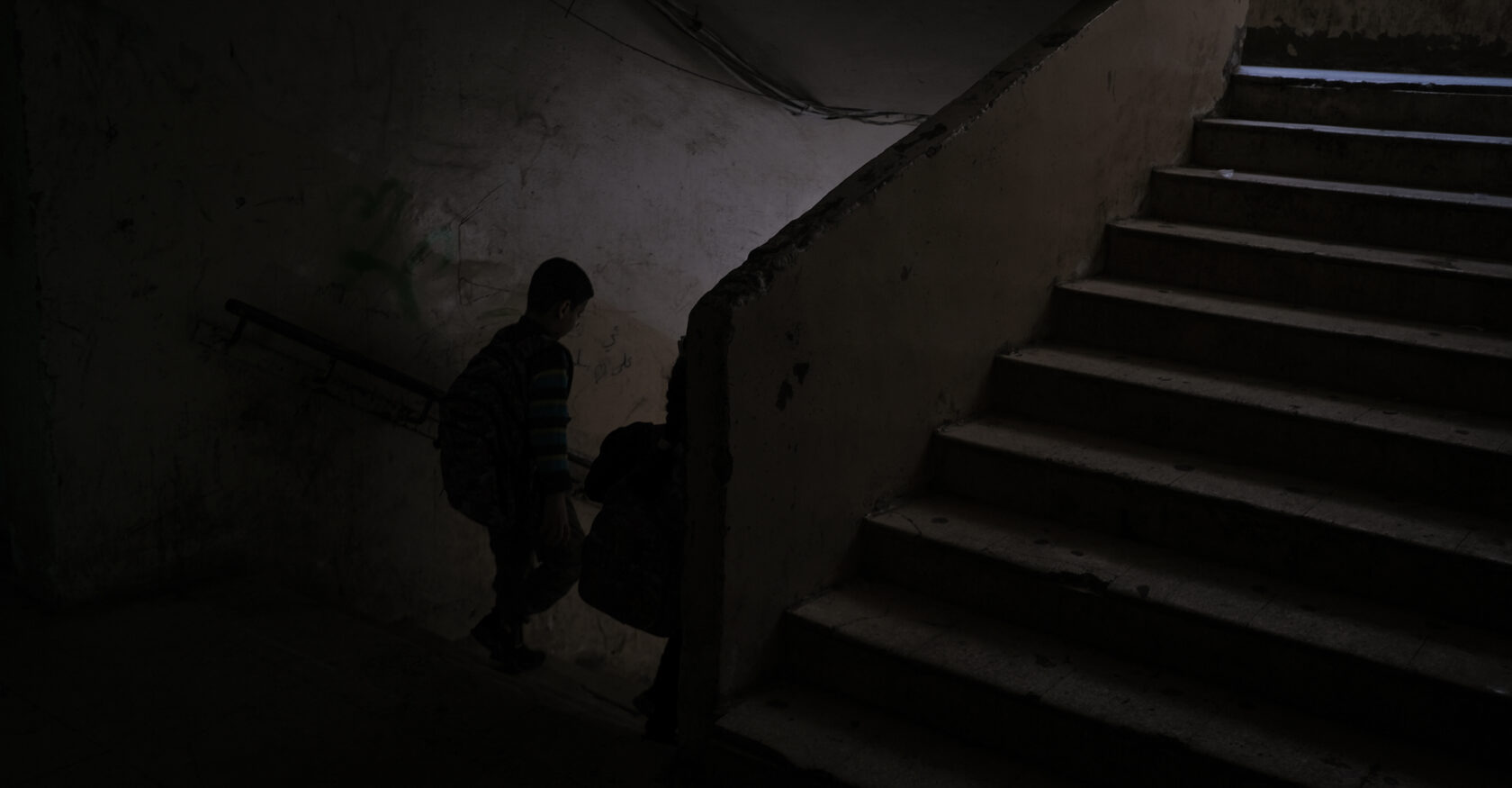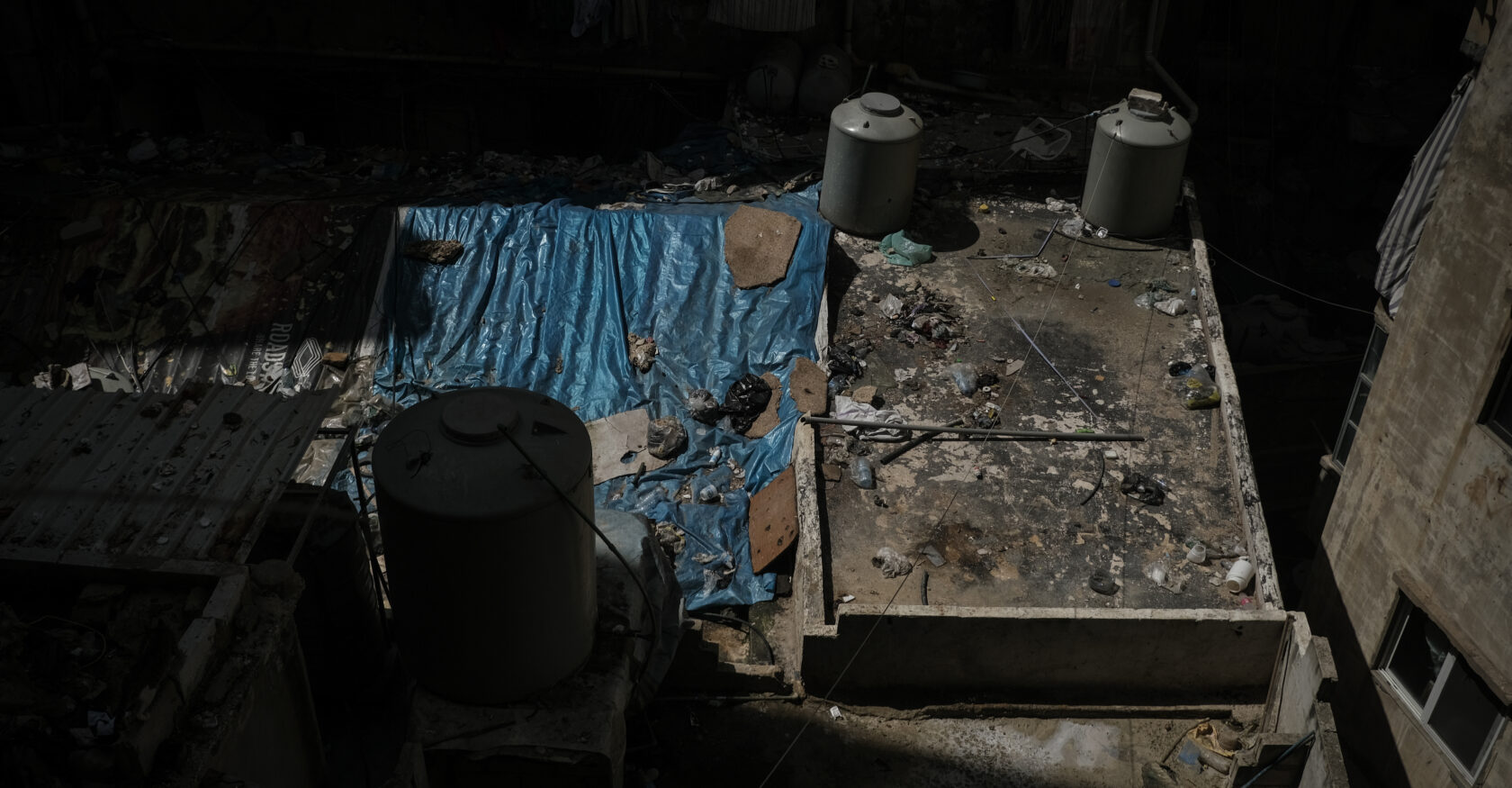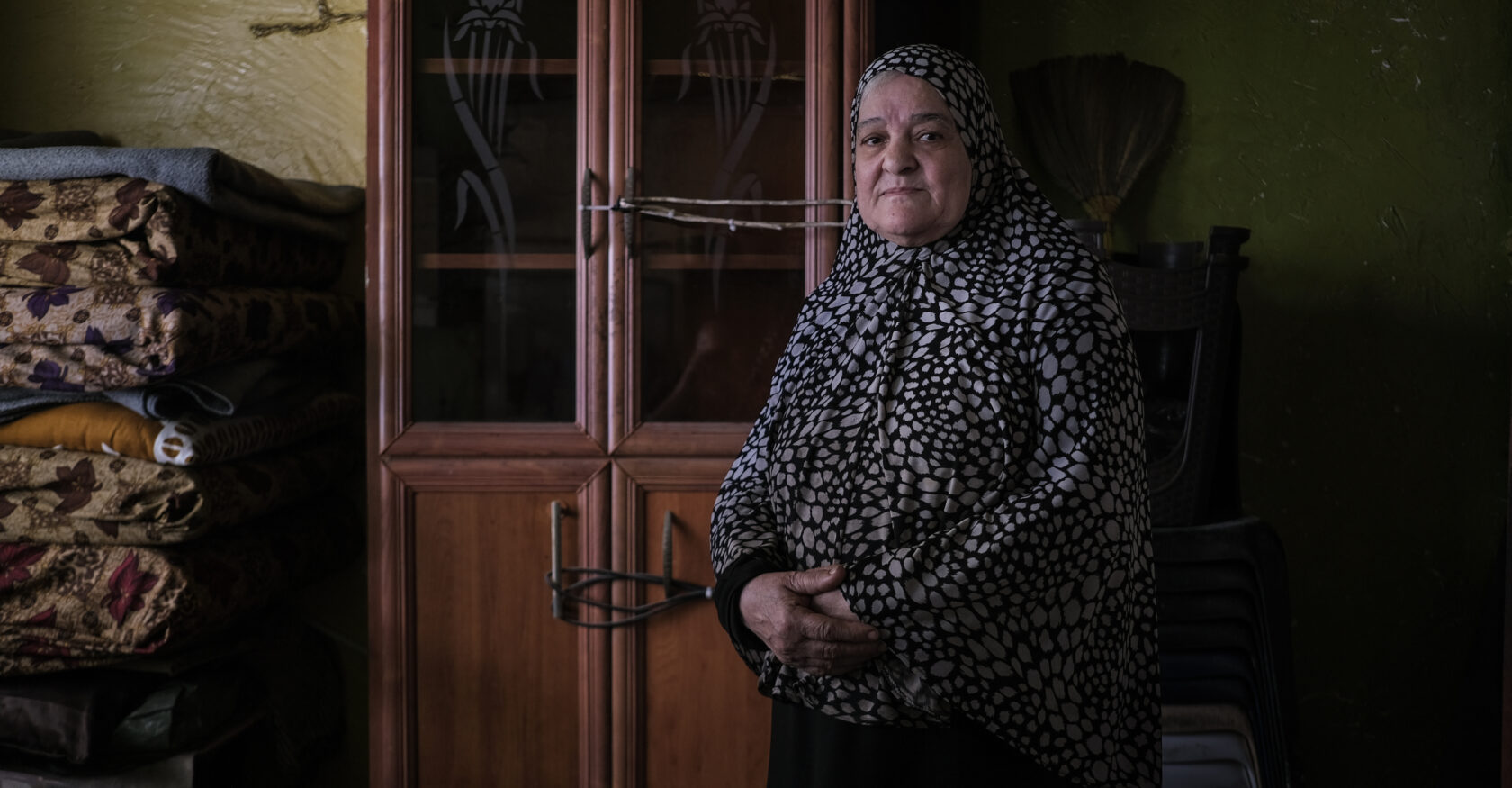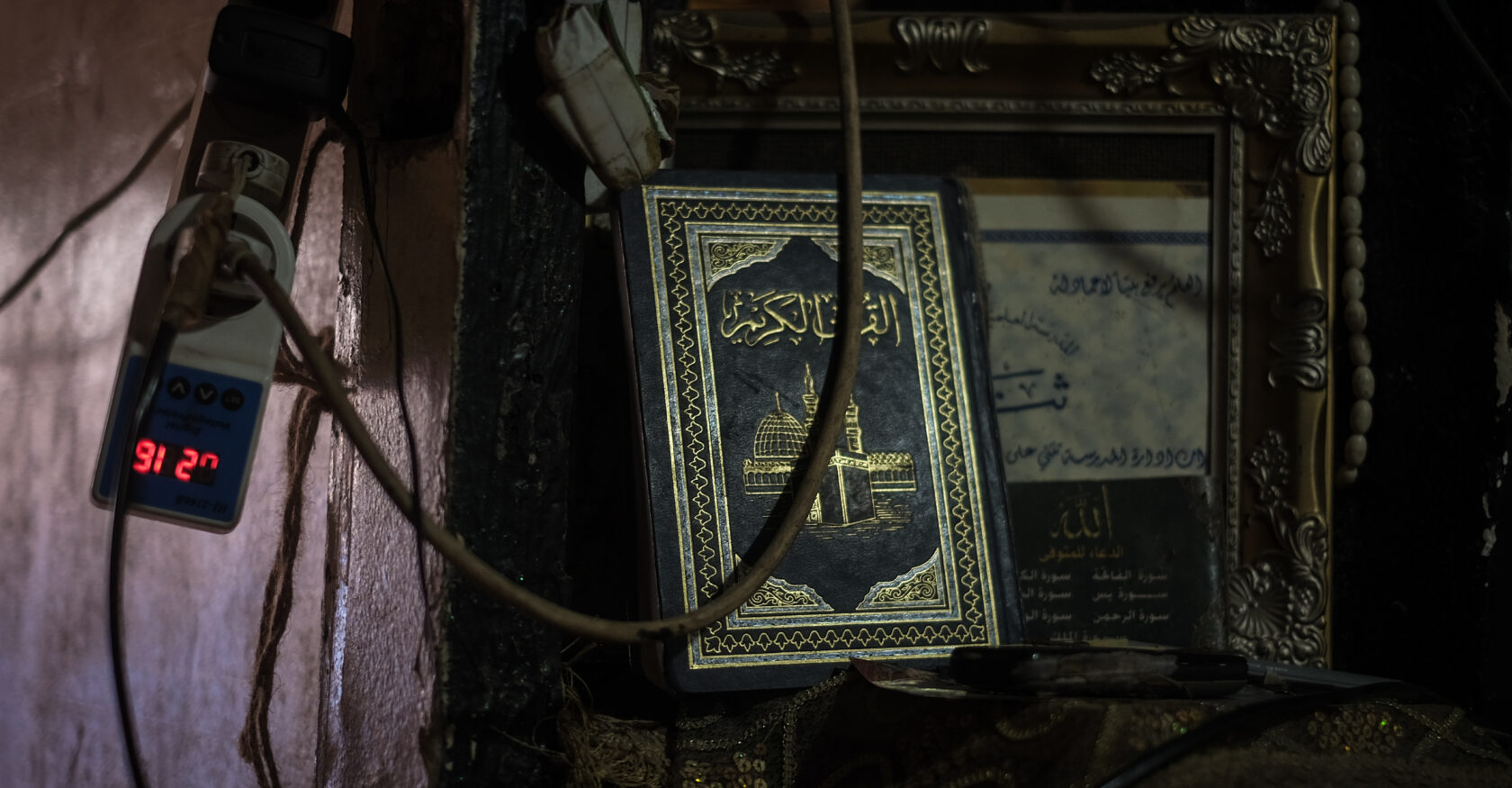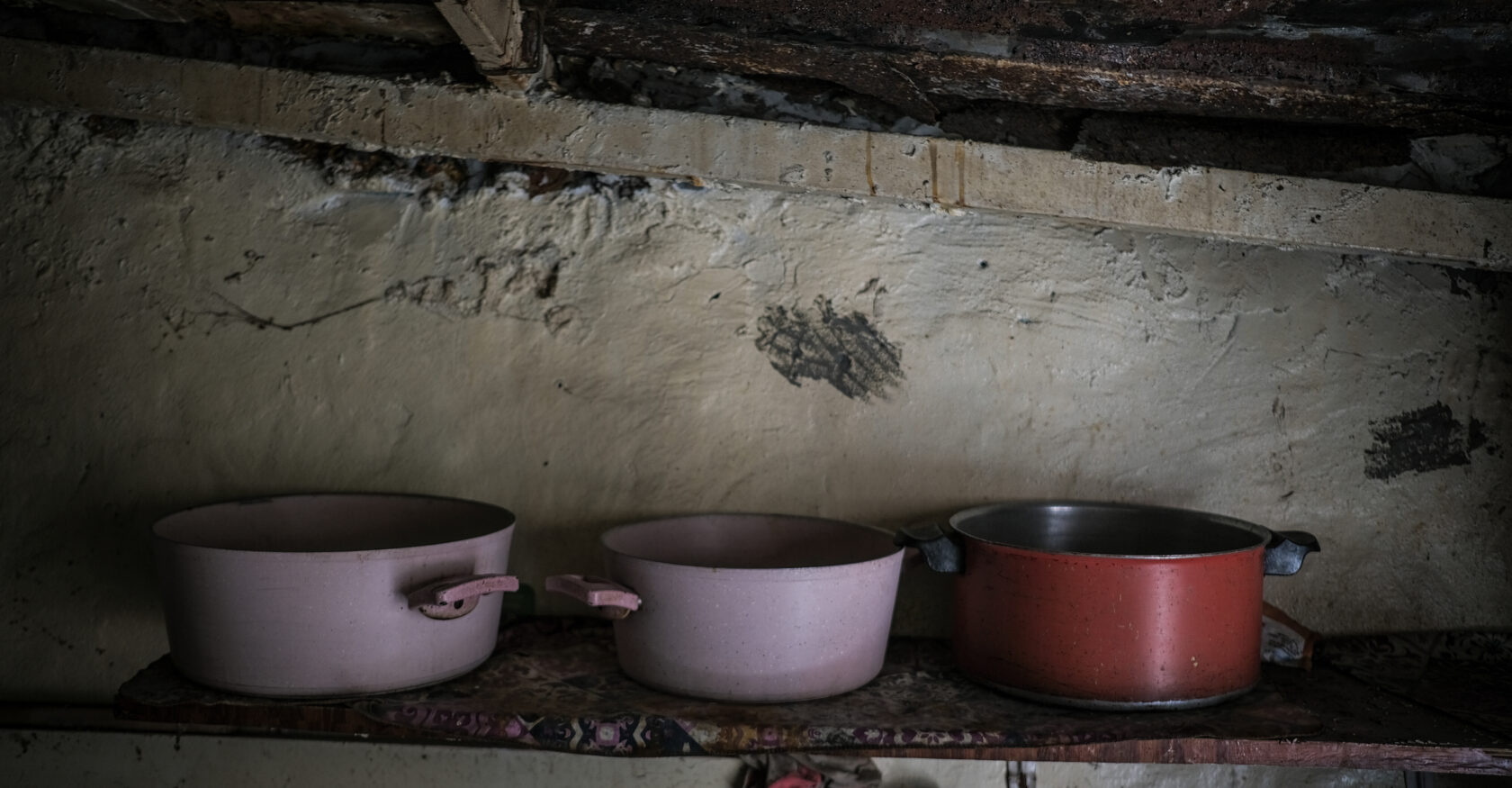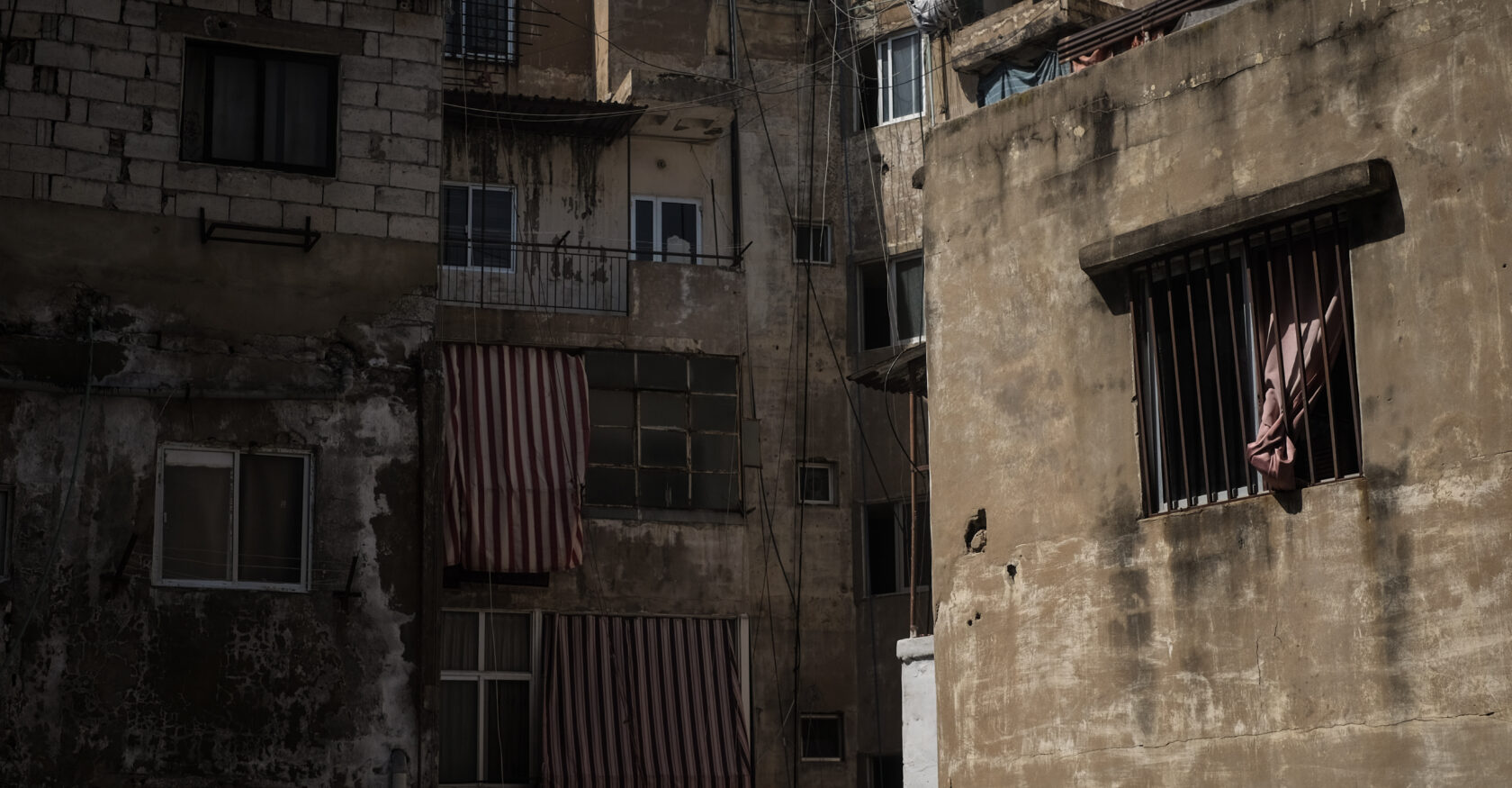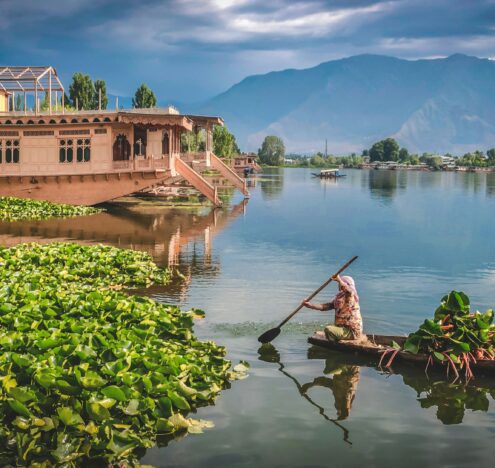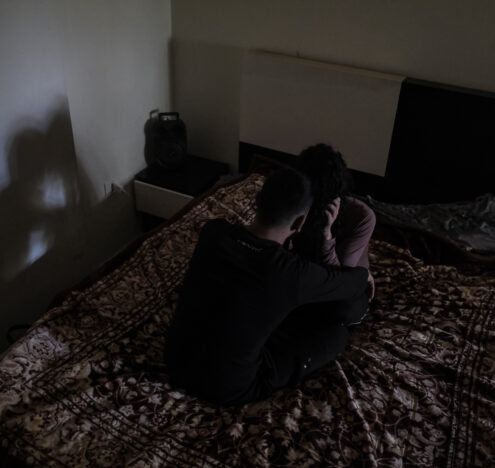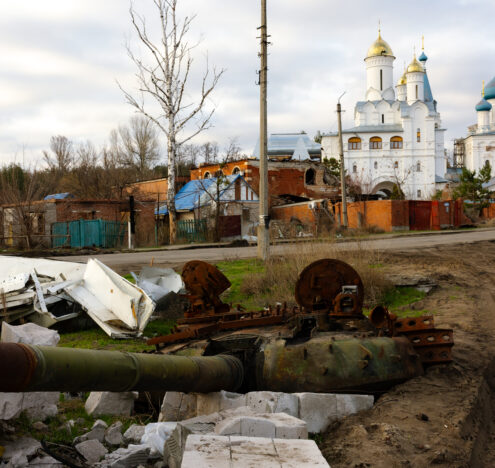Some of his friends were among the medical staff who disappeared that night. His voice trails off; he doesn’t want to elaborate. It’s too painful.
It’s a part of the hospital’s history that remains sensitive to this day — Amal leader Nabih Berri has been the country’s Parliament Speaker since 1992. Some people I spoke with in Sabra and Shatila didn’t like to mention that it was Amal fighters who were responsible for the destruction, fearing potential reprisals. Among them was Rami, the nurse, who ultimately asked that I not publish his real name.
The Martyrdom of a Hospital
After about an hour sitting with Rami in his home, he walks me out, and we make our goodbyes. He invites me to an upcoming Ramadan iftar, and we smile. He only just recently retired from nursing.
It isn’t until I’ve begun walking away that, unprompted, he tells me more.
His sister, who worked in the operating theater, was among the medical staff killed back in 1985, inside the Gaza Hospital. She was about 30 years old, pregnant. The memory of it was hiding somewhere inside of him before that.
I stay silent for a moment, let him talk.
I don’t like to imagine which hallway she may have died in, or, perhaps, which of the now hundreds of informally burrowed apartments in the hospital were once the sites of slaughter.
Nobody I meet there knows where the bodies might have gone. Perhaps in the courtyard among the rubbish, perhaps somewhere else entirely.
“The trauma lingers.” – Aziza Khalidi
Though she wasn’t there anymore by 1985, Aziza describes the death of Gaza Hospital simply: “It was martyred.”
The hospital stayed empty for some time after the 1985 war. Then, with nowhere else to go, displaced Palestinians simply moved into its abandoned clinics. The curtains they put up for privacy later calcified into walls and a mishmash of foraged doors.
Some of them are the original occupants of their apartments, the residents explain, while others rent from those who occupied the clinics decades ago, a chain of “tenancy” spilling tenuously across the generations.
Phantom Quakes
Today the hospital is slowly decaying with its residents inside. The hallways smell loudly of mold. A few foreign workers emerge from the basement levels, where the mold and damp is even stronger.
Most people living here have some form of breathing issue, according to Jamal Abu Shahla, who lives alone in a former clinic room, among cooking pots that collect the water dripping from the ceiling. He describes himself as the “mokhtar,” or a sort of neighborhood-level representative, of the hospital residents. He walks though the old hospital and makes introductions for me from apartment to impromptu apartment, each one adorned with house slippers and Palestinian keffiyeh scarves.
They are still here months after my initial visit. They remained there even after deadly Israeli bombs filled Beirut’s sky once again this past September through November. The bombs landed not far from the hospital complex itself. Some nights they were the only things visible in the sky through the tangle of buildings.
At the end of one hallway in the Gaza Hospital, father of four Ali Hleihel rests on his living room sofa. Behind him is the TV, the measured formal-Arabic rhythm of an Al Jazeera newscaster announcing death counts in the Gaza Strip. By time of writing, in January 2025, Israel has killed nearly 47,000 people in the besieged city and its outskirts — though the likely death count could be much higher, with the bodies of the missing still trapped under rubble.
It isn’t his first war. From a massacre in 1976 in Beriut’s Tal Zaatar camp, where he was born, to a steady stream of displacement in neighborhood after neighborhood until he ended up here in the Gaza Hospital. At one point, his teenage brother went missing, and no one ever found him.
“The trauma lingers,” Aziza says. “The years don’t count. … People have been accumulating trauma after trauma.”
Ali has long felt a sense of haunting inside the old hospital building. I ask him for specifics.
There was one night, in the early days after the 1985 killings, when Ali moved into the Gaza Hospital with his family. He was still a little boy. “In that time, there were no lights in here, just candles and gas lamps.”
Back then, the residents on his floor all shared one bathroom; one night, he crept to the bathroom for a shower. He opened the faucet. Suddenly, “I heard a screaming sound, I don’t know what, perhaps a person, maybe a cat. So I opened the door.” There was nothing in the hallway.
“I went back inside and turned the water to a cooler temperature. Then, I heard the sound of walking outside the door, the sound of footsteps. Again, I opened the door.” Nothing.
“There are things like this, things that you can’t see.”
He remembers more than a year ago, in February 2023, sleeping early one morning on the sofa, when his cat began playing and jumping around, shaking the sofa. He woke up, only to find it wasn’t the cat at all, but rather the entire room shaking, the entire hospital complex with its decayed inpatient clinics-turned-bedrooms swaying back and forth dangerously, teetering on some edge. The lights shook hanging from their ceiling wires and furniture bumped against concrete walls as the earth split open somewhere.
It was only an earthquake — yet another in the hospital’s troubled life. The earth had in fact split open, it turned out, in southern Turkey, shaking Beirut and the Gaza Hospital along with it.
Nobody was hurt.
But the lurking feeling, of memories tinged with past massacres and death, exists outside the walls of the Gaza Hospital, too. Like the memory of September 1982, when Ali was 10, looking down at the butchered bodies of fellow Palestinians, killed in the hundreds or perhaps even thousands by right-wing Phalangist fighters.
And like the echoes today of the hospital’s namesake, Gaza, where Israeli forces spent 16 months systematically attacking hospitals and killing medical staff before finally reaching a ceasefire deal this past week. Only 16 of the Gaza Strip’s 36 hospitals are still operating, the World Health Organization recently said.
There are also little moments here in Ali’s home. Doors close and open of their own accord. Long, dark hallways with silent people hidden somewhere behind the walls.
“This whole place is a city of ghosts,” he figures.
*This interviewee spoke on condition of anonymity for personal safety, as parts of the hospital’s story remain sensitive today.
** All photos by João Sousa. Sousa is a photojournalist based in Lebanon and focused on social issues.







